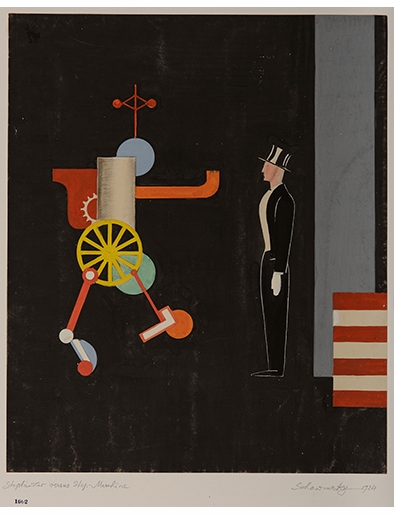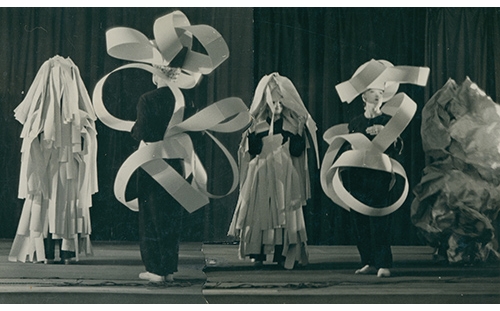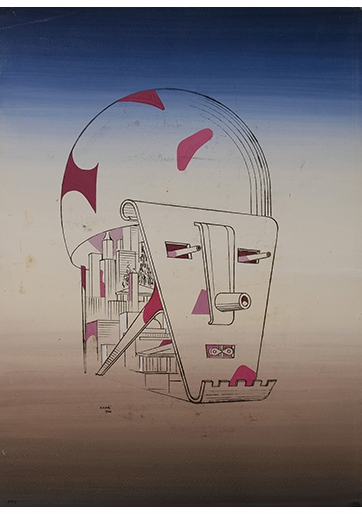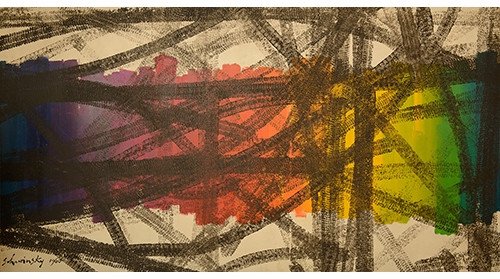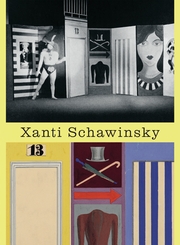| |||||||||||||||||||||||||
ARTBOOK BLOGEventsStore NewsMuseum Stores of the MonthNew Title ReleasesStaff PicksImage GalleryBooks in the MediaExcerpts & EssaysArtbook InterviewsEx LibrisAt First SightThe Artbook | D.A.P. 2025 Gift GuidesArtbook Featured Image ArchiveArtbook D.A.P. Events ArchiveDATE 2/1/2026 Black History Month Reading, 2026DATE 1/22/2026 ICP presents Audrey Sands on 'Lisette Model: The Jazz Pictures'DATE 1/21/2026 Guggenheim Museum presents 'The Future of the Art World' author András Szántó in conversation with Mariët Westermann, Agnieszka Kurant and Souleymane Bachir DiagneDATE 1/19/2026 Rizzoli Bookstore presents Toto Bergamo Rossi, Diane Von Furstenberg and Charles Miers on 'The Gardens of Venice'DATE 1/19/2026 Black Photojournalism, 1945 to 1984DATE 1/18/2026 Artbook at MoMA PS1 presents Paul M. Farber and Sue Mobley launching 'Monument Lab: Re:Generation'DATE 1/17/2026 Artbook at Hauser & Wirth Los Angeles Bookstore presents Peter Tomka on 'Double Player'DATE 1/14/2026 Printed Matter, Inc. presents Pedro Bernstein and Courtney Smith on "Commentary on 'Approximations to the Object'"DATE 1/13/2026 Join us at the Winter Atlanta Gift & Home Market 2026DATE 1/12/2026 Pan-African possibility in 'Ideas of Africa'DATE 1/11/2026 Previously unseen photographs by Canadian color master Fred HerzogDATE 1/5/2026 Minnie Evans’ divine visions of a lost worldDATE 1/1/2026 Happy New Year! | BOOKS IN THE MEDIAKOLLEEN KU | DATE 8/23/2015Xanti SchawinskyBorn in Switzerland in 1904, Xanti Schawinsky was a prominent proponent of theater at the Bauhaus, a leading teacher at Black Mountain College and a prolific member of the 20th century avant-garde—yet his work came perilously close to vanishing after his death in 1979. Because of a legal dispute, Schawinsky's work was barred from public view for three decades—until his son, Daniel Schawinsky, regained control of his estate in 2012. Fortunately for us, Schawinsky has since been the subject of a comprehensive retrospective at the Migros Museum für Gegenwartskunst in Zürich. The accompanying monograph, published by JRP|Ringier, features new scholarship on Schawinsky's pioneering artwork, his tumultuous life as a Swiss Jew and émigré during WWII and his lasting influence on the Happenings and performance art of the 1950s and beyond. |
